Z – zee best animals and plant
I didn’t want to use an image of a zebra for this final post so have decided to choose images of an animal and plant that I enjoy looking at ‘zee’ best.
The first is a wombat seen at a school camp I attended out in the bush area of Tasmania. Wombats are known for having square shaped poop. Read this article to find out how scientists have been researching this fact.
The second is a Tasmanian Devil. He looks very different to Taz from Disney fame, but he does act in a similar way, running around in circles and snarling. If camping in the bush in Tasmania, they make awful sounds during the night. I take a soft toy Tassie Devil when I travel and he had his own blog at one stage.
The third is the Tasmanian waratah which looks very different to the New South Wales waratah. The NSW species is very densely packed florets compared to the Tassie version. I took this image while driving on the west coast of Tasmania. You can also find yellow versions of the Tasmanian waratah.

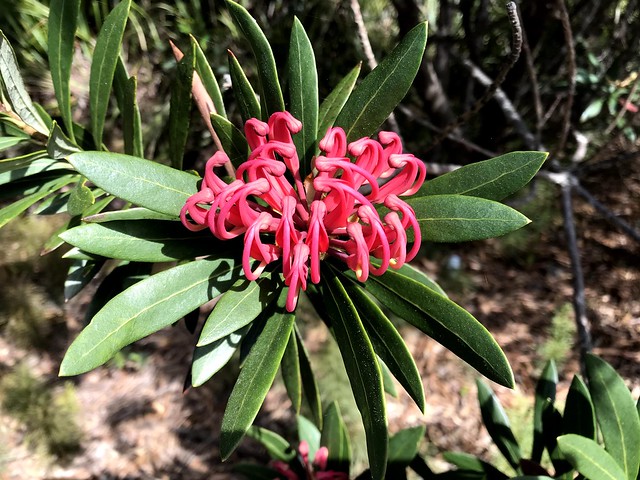



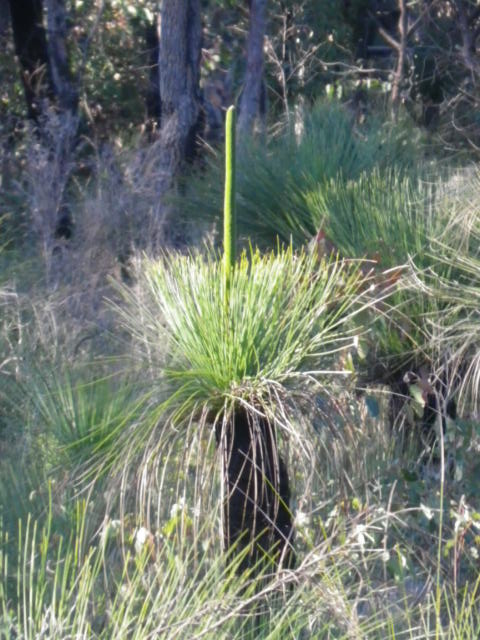
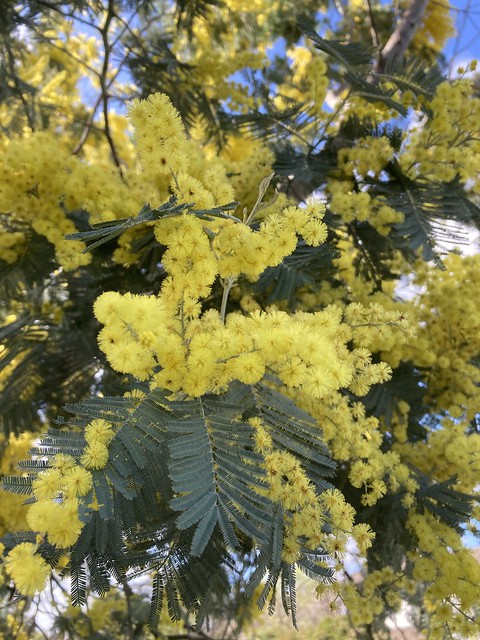
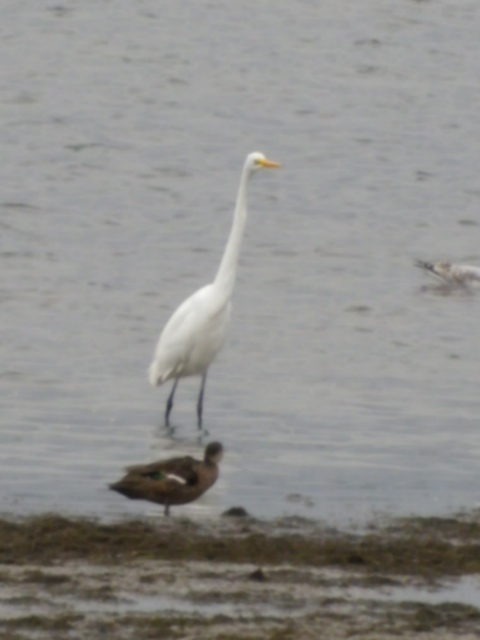
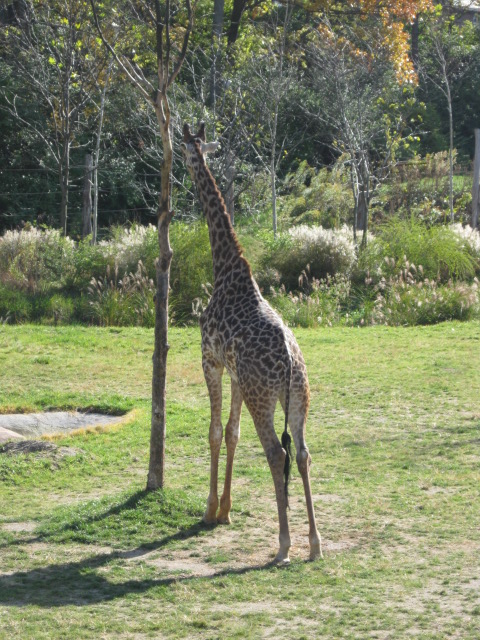
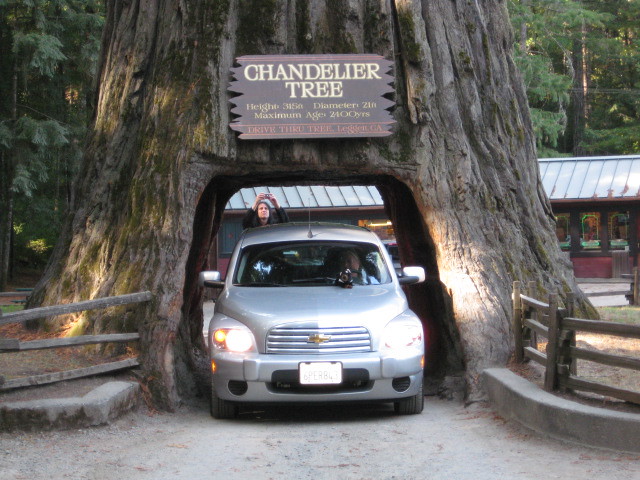
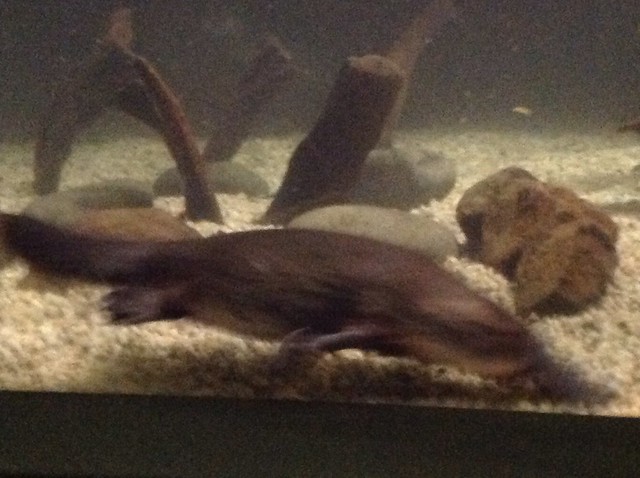

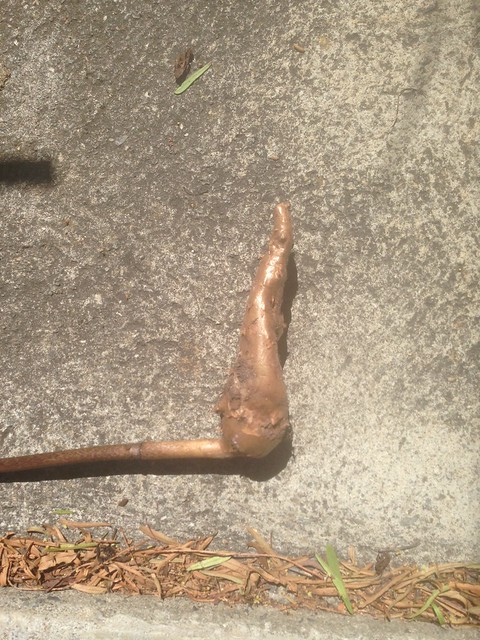
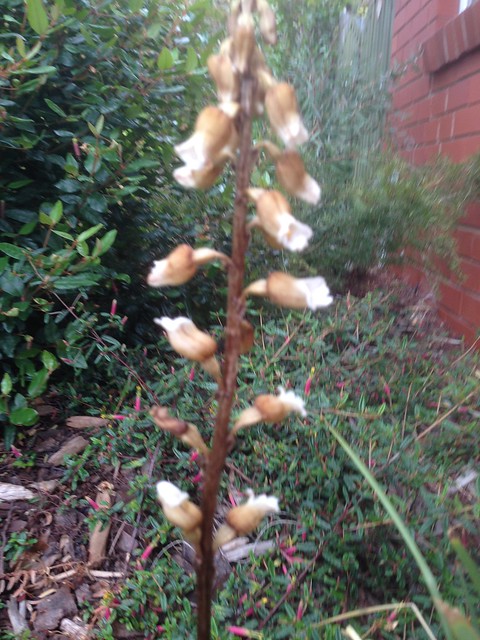

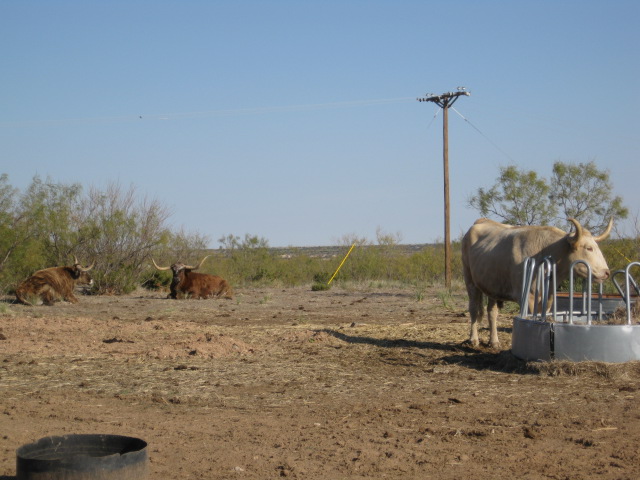

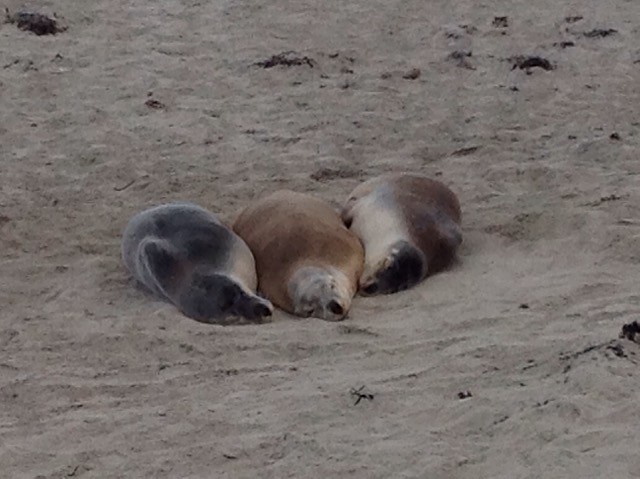
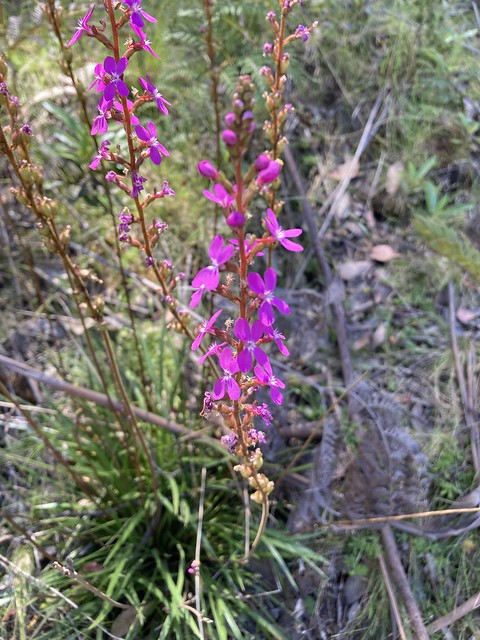


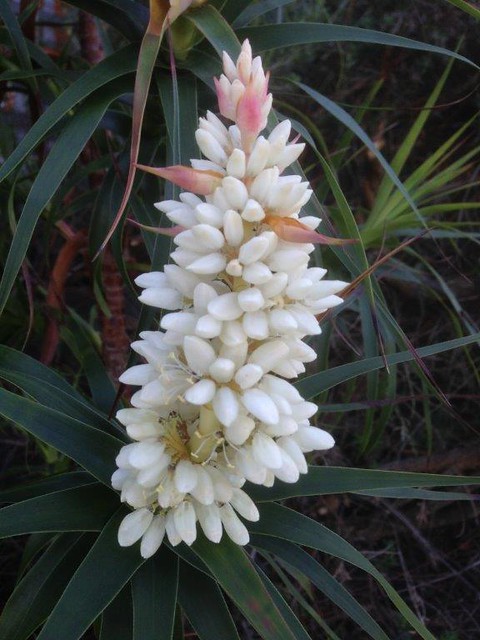


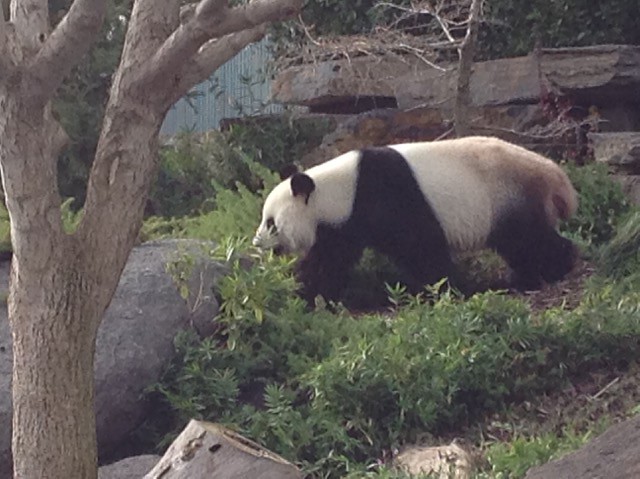
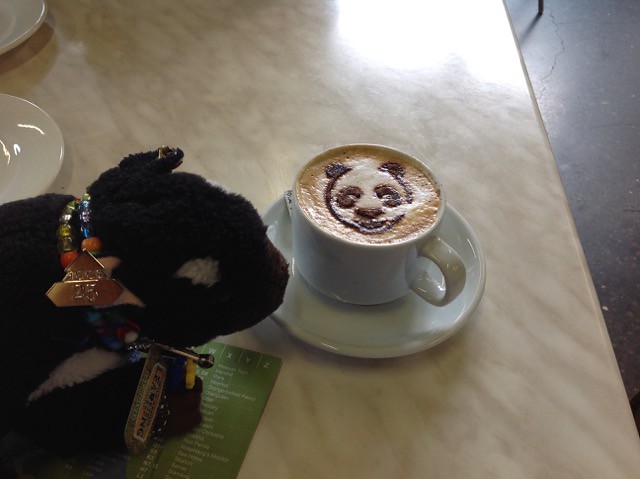
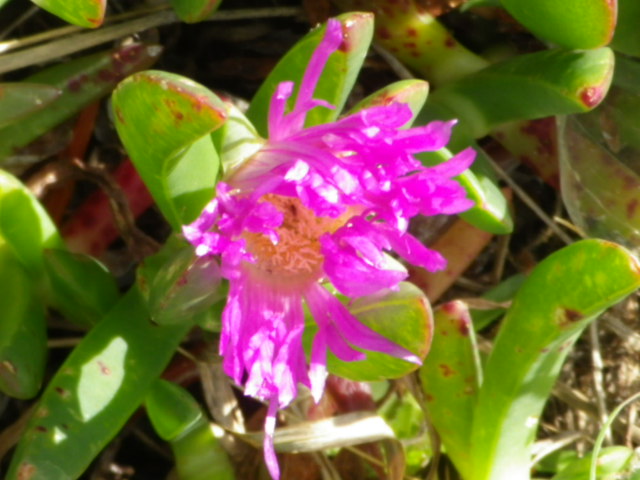


![Jardin botanique [botanical gardens] d'Hobart-Town](https://live.staticflickr.com/5598/15276854918_52a1390082_z.jpg)